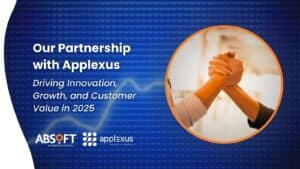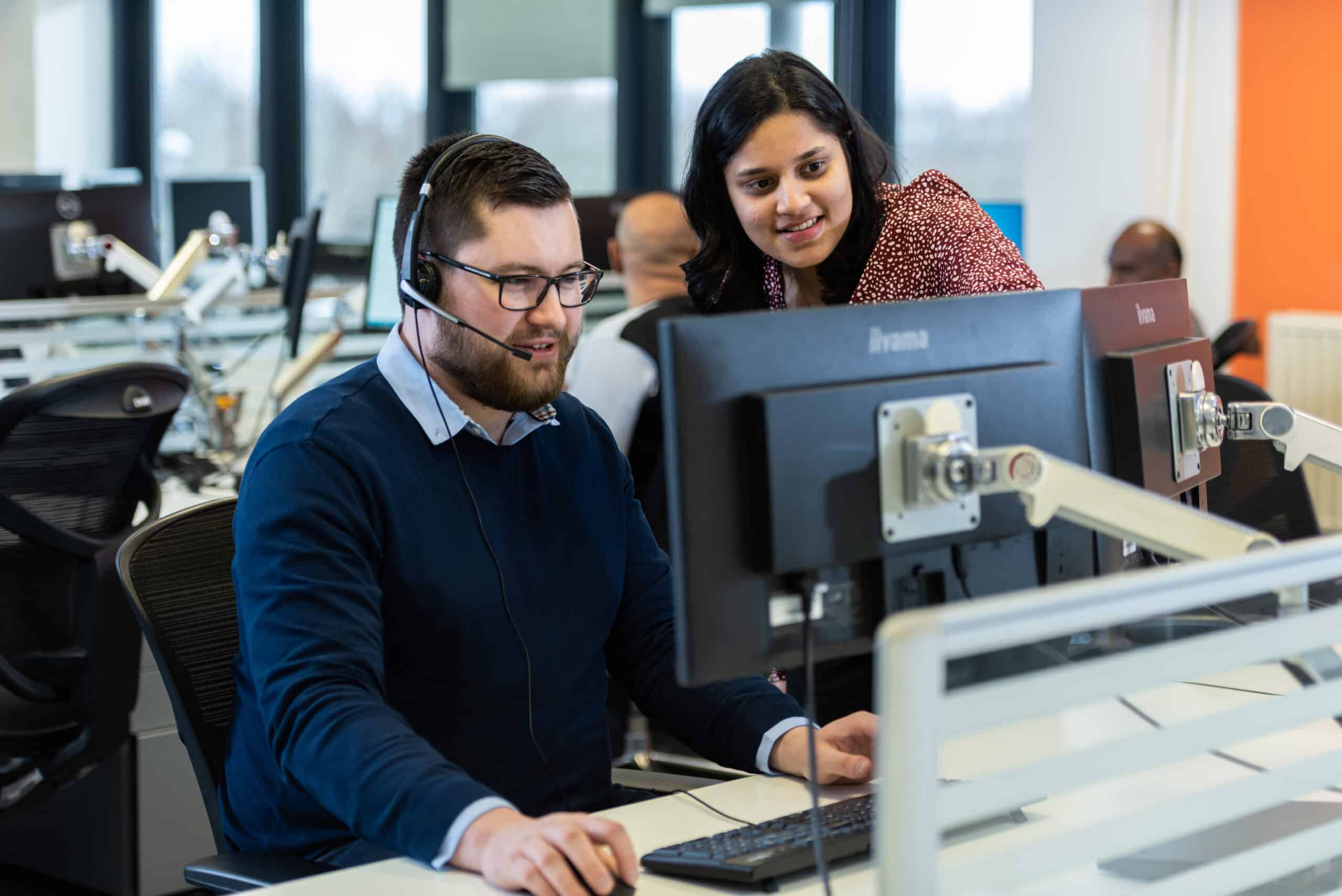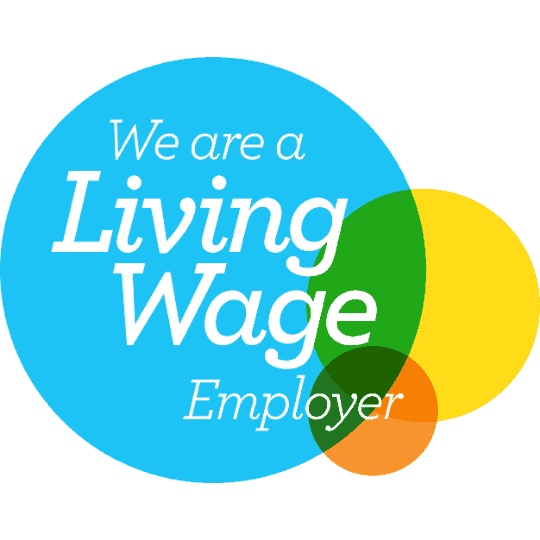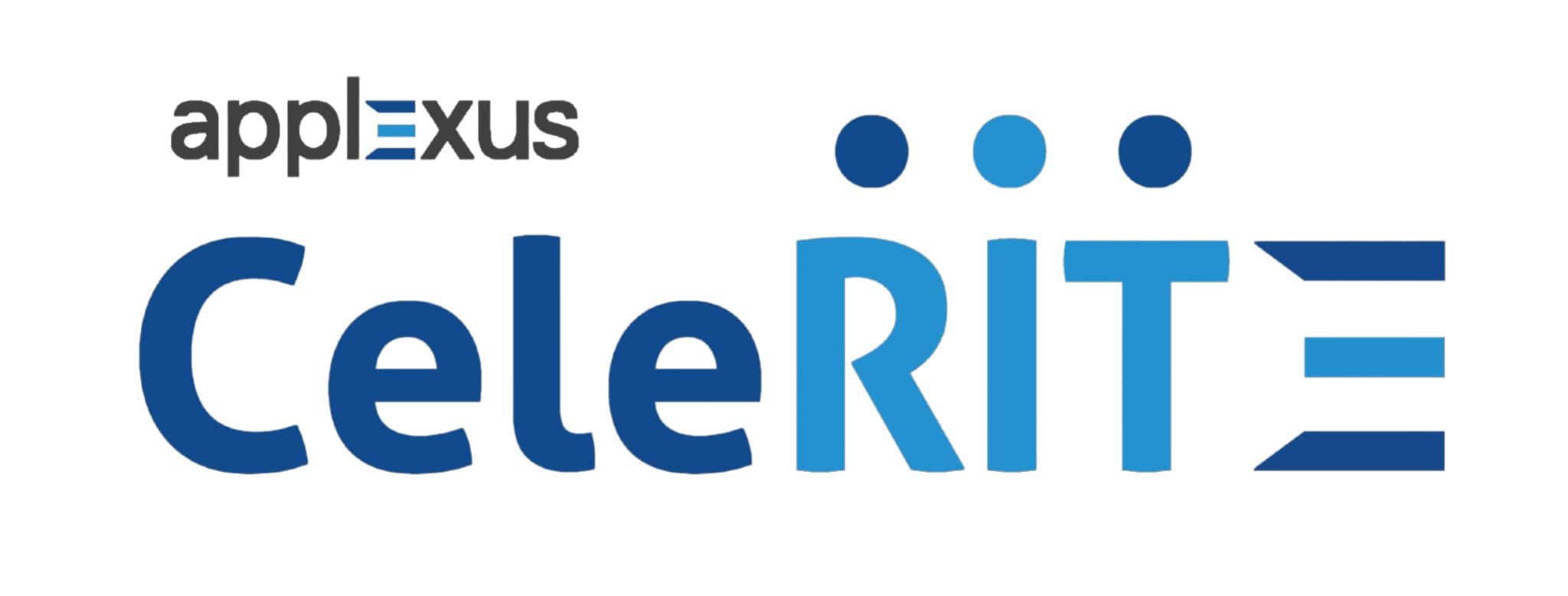Windows Server 2008 Maintenance
Extended support for this operating system ends on 14th January 2020, meaning regular security updates will no longer be provided.
Drivers for Migration
We strongly recommend that no customer runs any SAP software on unsupported operating systems due to the security and availability risks posed by a lack of updates.
For all SAP systems, it is important to bear in mind that SAP do not support systems running on operating systems that are out of extended support. This means SAP cannot guarantee support for problems that occur in your system if you do not migrate to a supported operating system before 14th January 2020.
“SAP does not support installing and operating its products on operating systems that are out of Extended Support.” – SAP Note 1177282
Migration Approach: Move to new Hardware
An in-place upgrade of Microsoft Windows on the same hardware is theoretically possible with your SAP system installed, but in most cases it is not advisable or suitable. For example, if your SAP system uses an Oracle database, you must reinstall Oracle during the upgrade process, and IBM DB2 does not support in-place upgrade at all.
As well as software complexity, hardware running Windows Server 2008 is likely to be out of support, and is unlikely to be aligned with any current virtualisation or cloud strategy. The installed SAP software may also pose a problem, as your combination of database and kernel may not support the upgraded operating system.
In most cases the best approach is to migrate the SAP systems to new hardware or into the cloud.
Migrating to new hardware provides the following advantages:
- Hardware and the cloud: You have the opportunity to replace aged hardware, virtualise or move to the cloud whilst upgrading your operating system, with minimal extra effort.
- Database:Â You can migrate to a newer release of your database platform, or a different database platform, with minimal extra effort.
- Optimization:Â You get the opportunity to ensure optimal configuration of datafiles across disks, application servers across hosts, and sizing to suit your current organisation.
- Reduced Risk: Moving to new hardware makes this the lowest risk project you can perform on your SAP system. If there are any problems during go-live, you have the ultimate back-out plan in simply continuing operations on the old hardware until you have resolved the issues.
Create a Solid Foundation
When we are producing roadmaps for customers to devise the programme of activities and business case to achieve their plans for the SAP landscape, we usually find the first project they require is a migration, driven by operating system or database support or hardware age.
A single project to migrate the SAP systems to new hardware, operating system and database is often the most cost-effective approach. In many cases a single jump can be made to the latest releases of all products, and changes can be made to bring SAP in line with the organisation’s wider IT strategy. A platform that is supported into the late 2020s is often achievable with a single project, which provides a great business case.
Creating a solid platform for any of your future developments; one that supports the latest enhancement packages, components for Fiori, NWBC or other UI enhancements, and the latest releases of all your SAP products is a great start to any programme of SAP improvements.
A Supported Method
To ensure a supported process, it is important to use a SAP supported migration. Generally a SAP System Copy is required to move SAP software to new hosts. Physical-to-Virtual tools are generally not supported, and manual copying of application or data files is not supported by SAP.
The requirement for specific skills to move SAP software to new servers can be a problem for organisations with an otherwise successful initiative to move to a new platform, and we’ve seen a few examples where SAP becomes a special case in a datacentre.
We work with technical teams in our customer organisations to help them overcome restrictions with a flexible and personable approach, and the result is a SAP infrastructure on premise or in the cloud that fits in with IT strategy and SAP’s objectives.
Ticking Time Bomb
Support for Windows 2008 ends in January 2020, so if you aren’t already working to move SAP away from this platform in your organisation, now is the time to act. The project will typically take 3-12 weeks to move an SAP landscape safely, and will need to be undertaken during 2019.
It’s vital to ensure your SAP systems run on support operating systems to get support from SAP with your critical business processes, but it’s also vital to use a supported method to migrate the systems or upgrade. If you need assistance with moving SAP away from Windows Server 2008, don’t hesitate to contact us.














